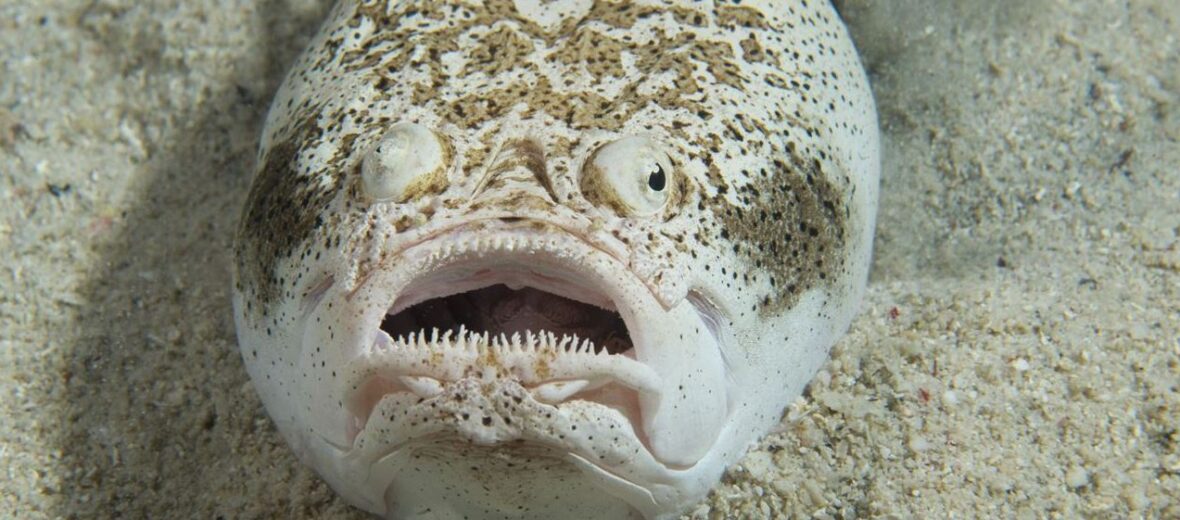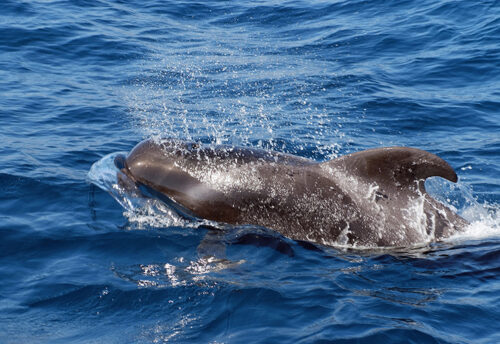
Located in the Mediterranean Sea as well as the Atlantic Ocean, buried in the sand, it’s the stargazer fish. These solitary creatures are not ones to engage in friendly conversation. They lay in wait for an unsuspecting fish to pass overhead and then they either engulf their prey outright or electrocute them and then engulf them. Either way, it kinda stinks to be a small fish in the vicinity of a stargazer. These not so friendly fish are listed as Least Concern by the IUCN.
First the Stats…
Scientific name: Astroscopus
Weight: Up to 20 lbs.
Length: Up to 22 inches
Lifespan: Up to 20 years
Now on to the Facts!
1.) The stargazer has a specially adapted, worm-like appendage attached to their lower jaw that they use to lure small fish towards their doom. Once a fish is tricked into thinking they’ve got a free meal, they become the meal.
2.) Their scientific name Astroscopus means “aiming at the stars”.
3.) Stargazers are often consumed as a delicacy. Catching them is a challenge though, as one can get shocked or envenomated.
4.) They catch their prey by means of a powerful vacuum-like suction from their large mouths. Then they burp out the scales.
5.) These odd fish eat other fish, crabs, and squid.
But wait, there’s more on the stargazer fish!
6.) As they spend their days and nights pretty much motionless, they are considered cathemeral (active during the day and night).
7.) These creatures have evolved the trait of being bioelectrogenic. They are among the few known marine fish with the ability to generate electricity.
Did you know…?
This fish can generate and release up to 50 volts of electricity, which is used to stun prey. This is strong enough to hurt a human.
8.) Not only can they electrocute, they are also venomous. They are equipped with 2 venom delivering spines located at the start of their dorsal fin.
9.) Stargazer fish have been dubbed the meanest fish in the ocean, due to the fact that they basically torture their prey to death and swallow them whole.
10.) These fish mate from April – September. Eggs are laid on the ocean floor and the fry remain pelagic (inhabit the upper levels of the open sea) until they reach adulthood. Then they tend to stick to the ocean floor.
Now a Short Stargazer Fish Video!
Also, check out the Critter Science YouTube channel. Videos added frequently!
Want to suggest a critter for me to write about? Let me know here.



